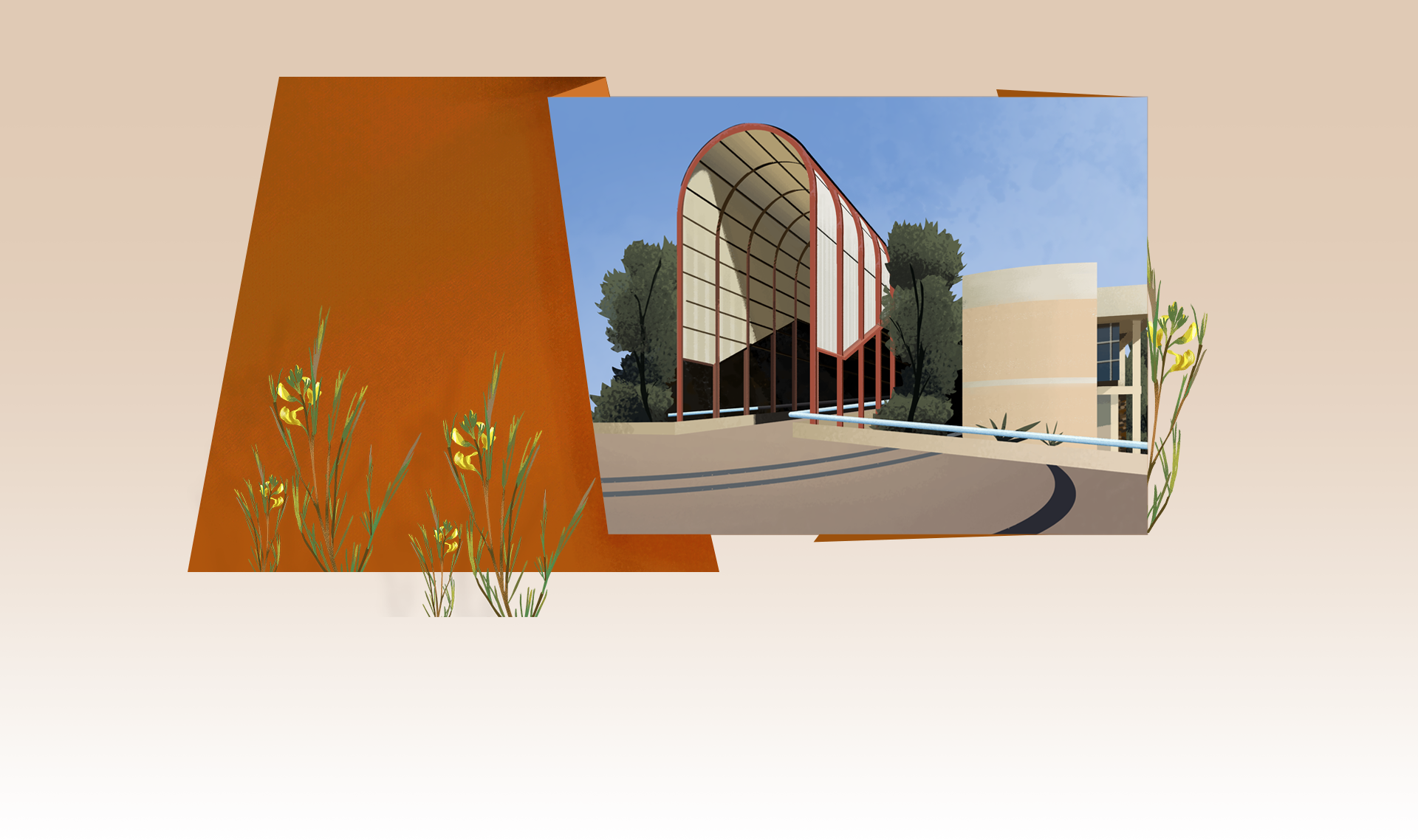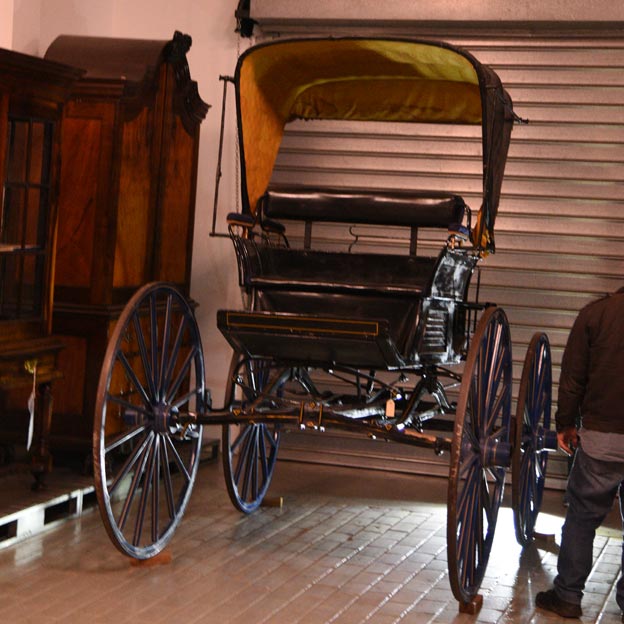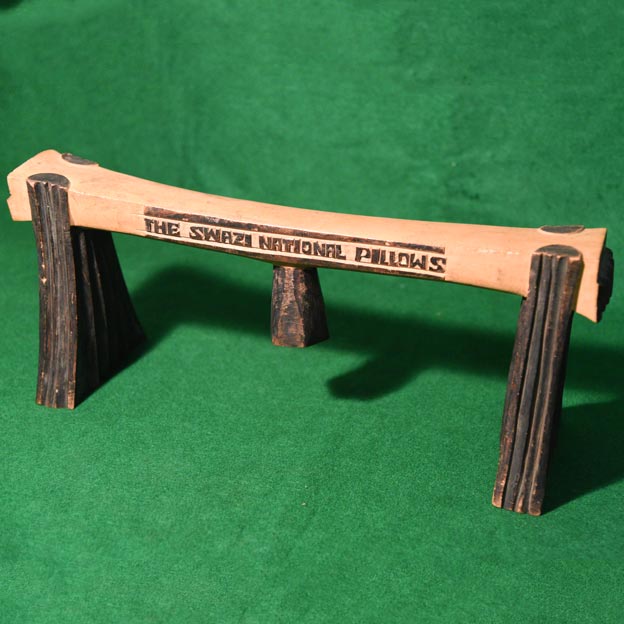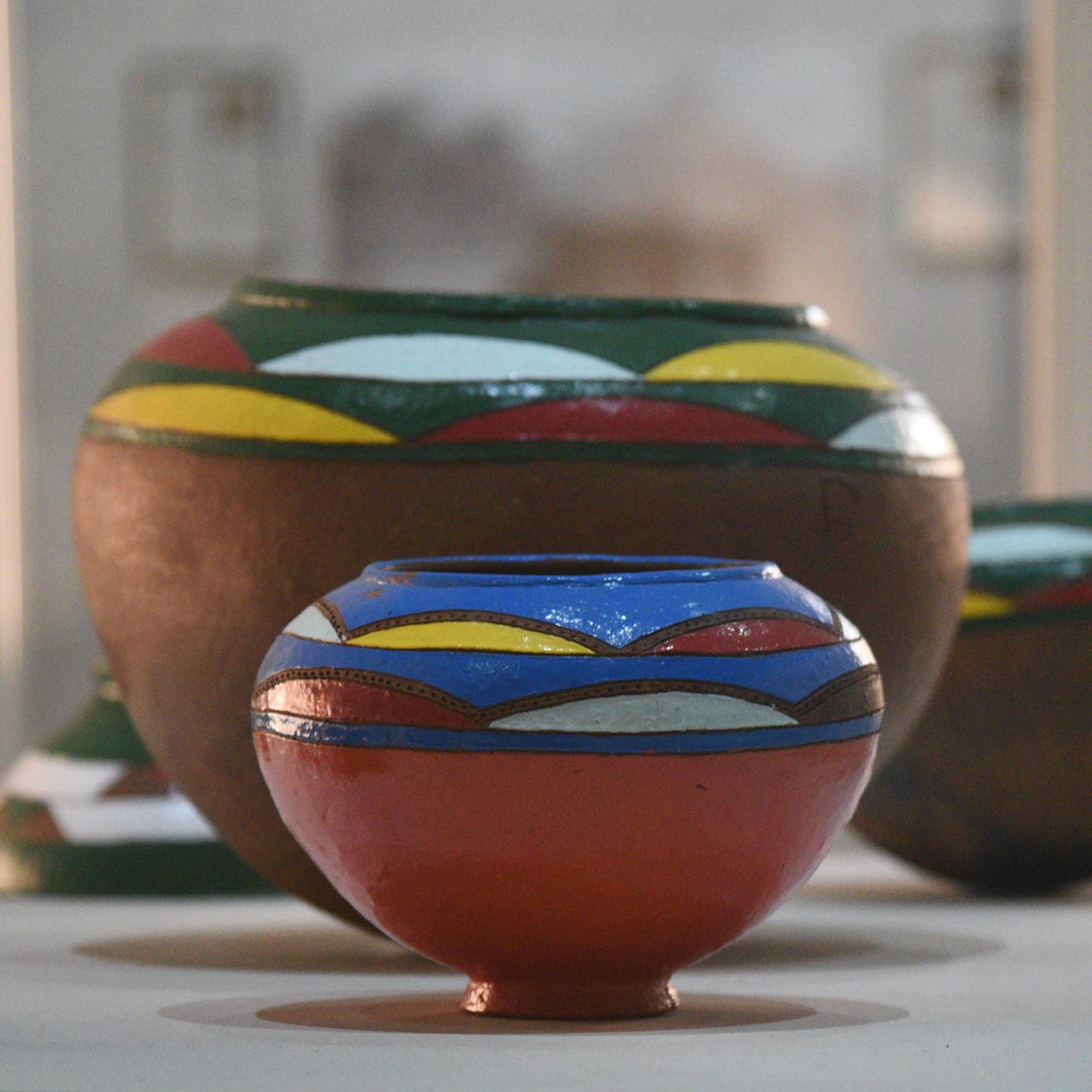Dr. Noel SolaniDirector
Noel Solani is a heritage professional from South Africa. In South Africa, he has been involved with new heritage institutions over more than 20 years. He was part of the initiative that was charged with transforming Robben Island
Prison to a museum in 1997. The Robben Island Museum was declared a World Heritage Site during the period in which he was part of the museum. The Minister of Arts and Culture in South Africa, in 2003, appointed him to serve
on the first Board of the Albert Luthuli Museum. He served in the Board for two consecutive terms. Chief Albert Luthuli was the first African to be awarded a Nobel Peace Prize. For a period of more than 10 years, he worked
for the Nelson Mandela Museum, an initiative he was involved in while still at Robben Island Museum. After taking a break from museums and heritage institutions, he focused on research under the auspices of the Mzala Nxumalo
Centre in Pietermaritzburg. When he joined Mzala Nxumalo Centre, the institution was hardly 6 months in operation. In 2018, he went back to the museums and became the Director of the DITSONG: National Museum of Cultural History
in Pretoria, the capital city of South Africa.
Noel Solani studied history, heritage and Public history, starting at the University of the Western Cape in Cape Town, South Africa, Emory University, Atlanta, Georgia, United
States of America, and at the University of Fort Hare, Alice, South Africa.
